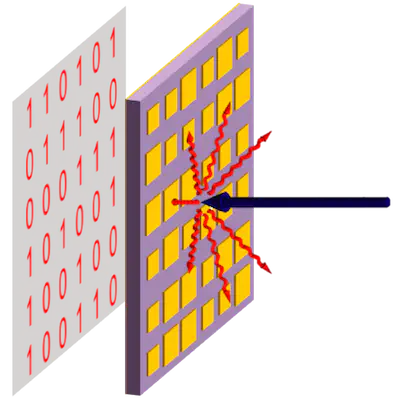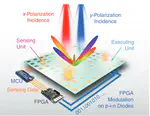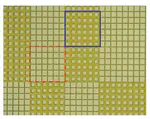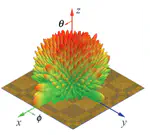DICE
DIgital Coding mEtasurfaces

Digital and coding metasurfaces, built using a limited number of fundamental unit cells, have been a focal point of extensive research. In their simplest form, these metasurfaces utilize only two types of elements, labeled “1” and “0,” allowing the design to be effectively represented as a 2D binary code. Enhanced versatility can be achieved by incorporating more than two unit cells, leading to multi-bit coding.
Further advancements are made possible with reconfigurable unit cells, whose responses can be dynamically adjusted, for example, through a biased diode or a microelectromechanical system. This adaptability enables the coding to be controlled and modified in real-time, often using a field-programmable gate array (FPGA) rather than being permanently fixed to the initial structure design.
Notable applications of these metasurfaces include smart propagation environments, field shaping in complex scenarios, computational imaging, and dynamic control of polarization, wavefront, scattering signatures, and information entropy.
In our ongoing research, we have been focusing on the design of coding metasurfaces for low-observability applications and advanced communication systems.
Collaborations
- Profs. Tie Jun Cui and Lei Zhang, Southeast University, China
- Prof. Antonello Andreone University of Naples “Federico II”, Italy
- Prof. Marco Di Renzo, Paris-Saclay University / CNRS, France
- Prof. Francesco Verde, University of Naples “Federico II”, Italy



